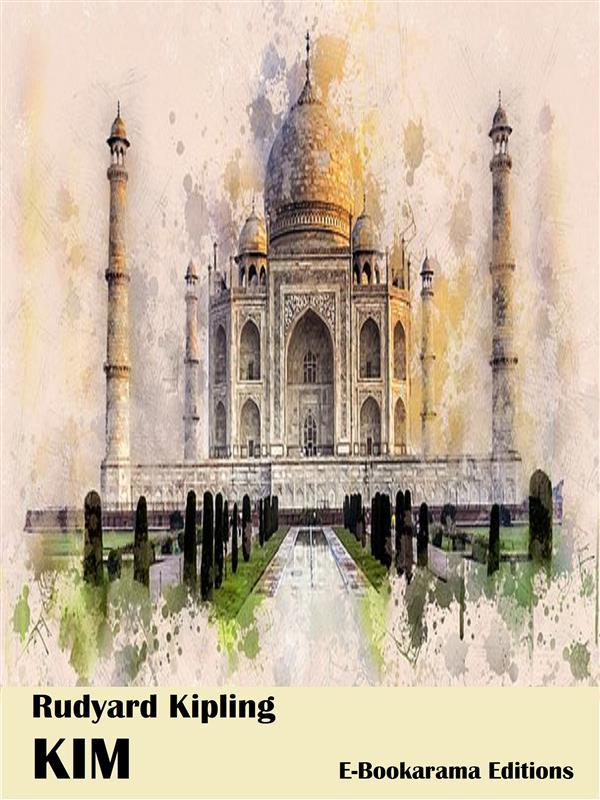
Sofort lieferbar (Download)
Rudyard Kipling was one of the most popular writers of his era, and his novel "Kim", first published in 1901, has become one of his most well-known non-juvenile works.
The novel takes place at a time contemporary to the book's publication; its setting is India under the British Empire. Hence, "Kim" is set in an imperialistic world; a world strikingly masculine, dominated by travel, trade and adventure, a world in which there is no question of the division between white and non-white.
Two men - a boy who grows into early manhood and an old ascetic priest, the lama - are at the centre of the novel. A quest faces them both. Born in India, Kim is nevertheless white, a sahib. While he wants to play the Great Game of Imperialism, he is also spiritually bound to the lama. His aim, as he moves chameleon-like through the two cultures, is to reconcile these opposing strands, while the lama searches for redemption from the Wheel of Life.
A celebration of their friendship in a beautiful but often hostile environment, 'Kim' captures the opulence of India's exotic landscape, overlaid by the uneasy presence of the British Raj.
The novel takes place at a time contemporary to the book's publication; its setting is India under the British Empire. Hence, "Kim" is set in an imperialistic world; a world strikingly masculine, dominated by travel, trade and adventure, a world in which there is no question of the division between white and non-white.
Two men - a boy who grows into early manhood and an old ascetic priest, the lama - are at the centre of the novel. A quest faces them both. Born in India, Kim is nevertheless white, a sahib. While he wants to play the Great Game of Imperialism, he is also spiritually bound to the lama. His aim, as he moves chameleon-like through the two cultures, is to reconcile these opposing strands, while the lama searches for redemption from the Wheel of Life.
A celebration of their friendship in a beautiful but often hostile environment, 'Kim' captures the opulence of India's exotic landscape, overlaid by the uneasy presence of the British Raj.
Produktdetails
Erscheinungsdatum
21. Mai 2023
Sprache
englisch
Dateigröße
1,30 MB
Altersempfehlung
ab 13 Jahre
Autor/Autorin
Rudyard Kipling
Verlag/Hersteller
Kopierschutz
ohne Kopierschutz
Family Sharing
Ja
Produktart
EBOOK
Dateiformat
EPUB
ISBN
9788835823117
Entdecken Sie mehr
Bewertungen
0 Bewertungen
Es wurden noch keine Bewertungen abgegeben. Schreiben Sie die erste Bewertung zu "Kim" und helfen Sie damit anderen bei der Kaufentscheidung.










